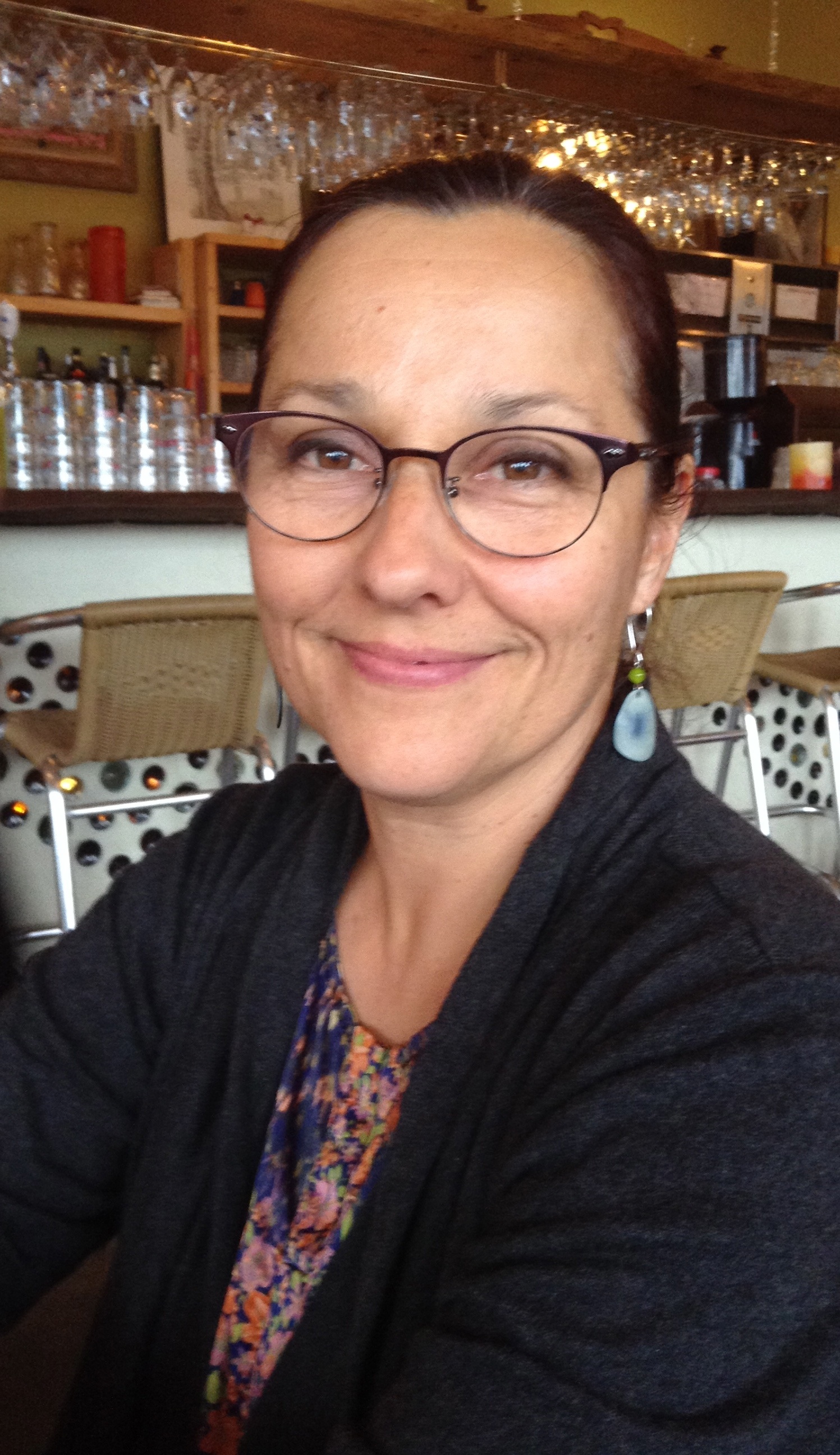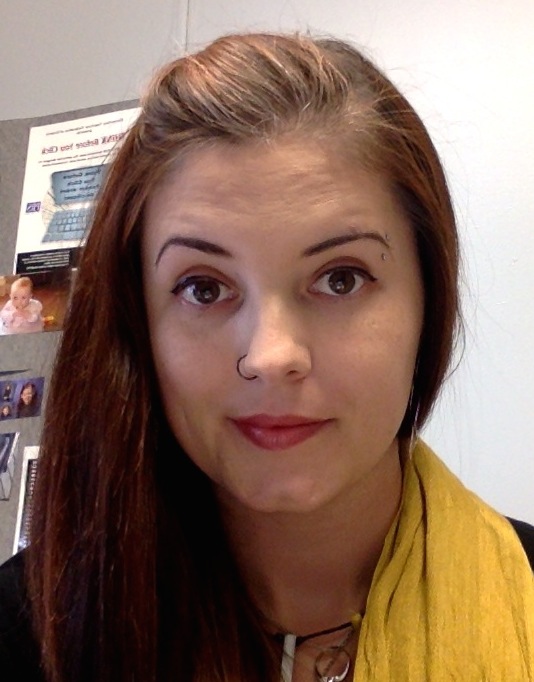In my grade 3 French Immersion class, the following is something we do to help everyone feel special on St. Valentine’s Day. You need a few days to complete the activity, depending on the number of students in your class and how fast they work.
The idea is to make an “I am Fabulous” book. I like to use, « Je suis fabuleuse – une histoire vrai de (nom d’élève) » (I am Fabulous – the true story about (student’s name) for the book’s title. Each student writes the opening page of the book telling why they think they are fabulous, then they do the same thing for all their classmates. As a bonus, I send home a page for the parents to complete about their own child, and I also fill one out for each student. The pages are all collected and compiled so each student will receive their own ‘true story’ on Valentine’s Day and read about their Fabulousness/Fabulocité (words invented for this activity…).
To get ready, I make a chart to help students keep track of who they have written about and have them start by writing something about themselves.
Example/
| Name/ Nom | Fabulousness / Fabulocité | Example/ Exemple |
| Me | I can do difficult things on my skis | I can do flips with no hands |
| Alison | She is an inventor | She invented a game called Oidar |
| Benjamin | He loves music | He likes to bring in CDs for the class to enjoy and we like them, too |
After the students have written about themselves, I read a few samples to help create categories of fabulousness. On chart paper, in a web graphic organizer with the word Fabulousness/Fabulocité written in the middle, students see themes or categories emerge, such as; sports, kindness, perseverance, generosity, imagination, etc. You could also do categories following Bloom’s Taxonomy of Multiple Intelligences. In grade 3 language, this could be simplified to the terms Math Smart, Nature Smart, People Smart, Body Smart, Music Smart, Logic Smart, Self Smart and Logic Smart. Creating categories helps students avoid repetition and guides them to think about their classmates and themselves in many more ways.
A strategy I use to help students learn to express their opinion and justify it, is something called “Les 3 Ps” (Je PENSE… PARCE QUE… PAR EXEMPLE…). You can use a template for the students to complete as in a cloze activity, write it on the board so students can copy it and complete it in their own handwriting, or have them type out a few a day on the computer. There are probably a million other ways to do this more quickly and conveniently, however, once they get going, it does go remarkably fast. Students use the ideas they generate in the chart graphic organizer to fill in the blanks and complete these sentences.
Example/
Je pense que ______________ est fabuleux/fabuleuse, parce que ____________. Par exemple, ___________________________________________.
In English, it could look something like this;
I think that __________________________is fabulous because ________________ . For example, ___________________________________________ .
For the cover of the book, students are invited to bring in a photo of themselves or they can draw their portrait if they choose. For the pages inside, students are encouraged to illustrate their message to their classmates to help decorate the book and make it more special.
Although it takes a little planning and organization, creating the book is a nice activity to help remind students of the talents they each have.





